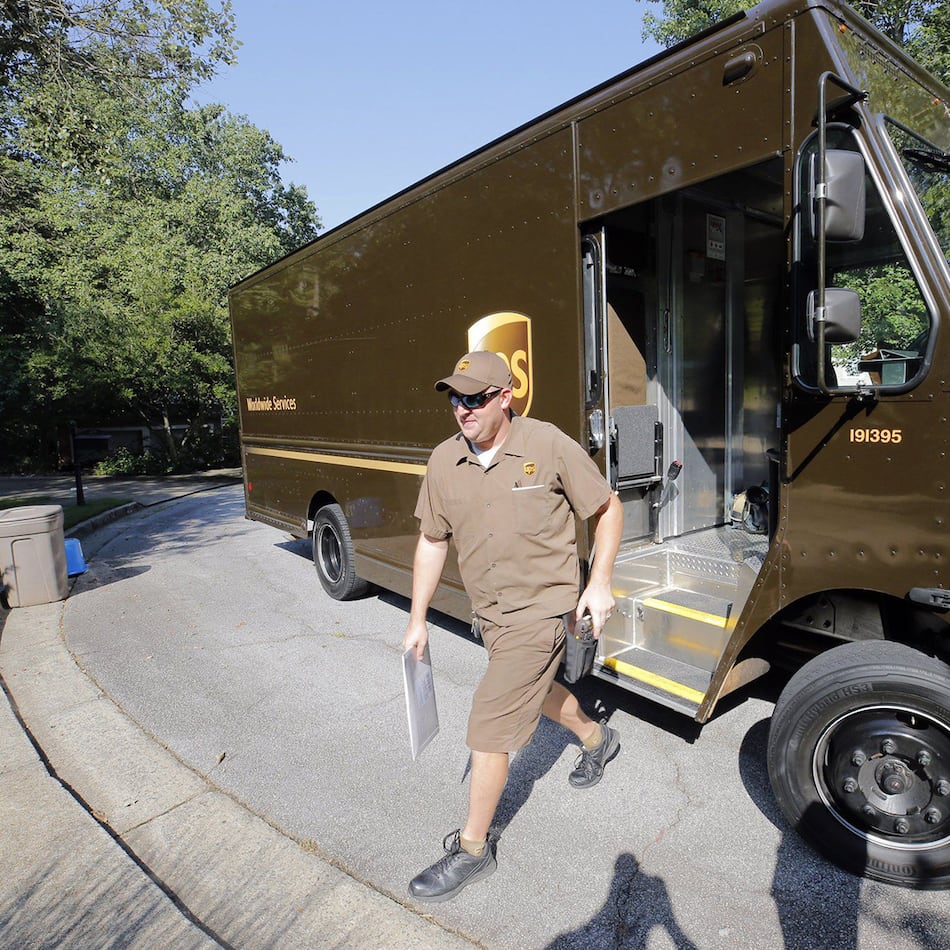Two weekends ago many metro Atlantans experienced what may be the biggest rain event in almost 100 years. Many of us were bailing out our basements and crawl spaces, and some are still trying to get back to some sense of normalcy.
Although there is no way to prepare completely for the amount of rain and flooding we experienced, we can take some steps to help keep water away.
Surface drainage: We want to channel that water that falls on the ground around a house away from the structure as fast as possible. Unfortunately, many homes in Georgia were built with little understanding of this simple principle. Houses were constructed with no underground foundation drains and lots that were flat or even sloped toward the house.
If this describes your house, consider altering the slope of the soil. Borrowing from current codes, the optimal slope is 6 inches in the first 10 feet away from the house.
Depending on your situation, this may require a landscaping contractor with a Bobcat. It may involve removing existing soil or installing new soil.
Roof drainage: The water that falls on your roof ends up exactly where you do not want it — around the foundation.
The best way to channel this water away from the house is through gutters and downspouts.
As with the surface drainage, you should attempt to get this water at least 10 feet away from your foundation. This can be accomplished by attaching corrugated black pipes to the ends of your downspouts. Normally, 4-inch diameter pipes are sufficient. If possible, burying these pipes will look a lot better than seeing them on the surface of your yard.
If your basement or crawl space leaks in extreme rain only, you can keep these pipes in storage and install them when rain threatens.
Waterproofing systems: In some cases, even with well-drained yards and properly installed gutter and downspout systems, basements or crawl spaces still leak. In this case, a waterproofing system installed by a qualified contractor may be the only solution.
Typically, a waterproofing system will involve installation of perforated black corrugated pipes in a gravel bed just inside your foundation. The pipes must be installed at the footing level (bottom of the foundation). When water gets through the foundation walls, it is captured in these pipes and channeled to the exterior of the house or to a sump pump. Depending on your situation, these systems can be very expensive. A cost of $5,000 to $10,000 is not uncommon. The good news is that good waterproofing contractors often give lifetime warranties on their systems.
Scams: After any catastrophe, the scam artists seem to come out of the woodwork. To avoid getting caught in a scam, make sure that you check the credentials of any waterproofing contractor. Make sure that they have a current business license. Ask for references and check them. Finally, never get just one estimate. You should get at least three estimates and compare what they offer and the price.
About the Author
The Latest
Featured
